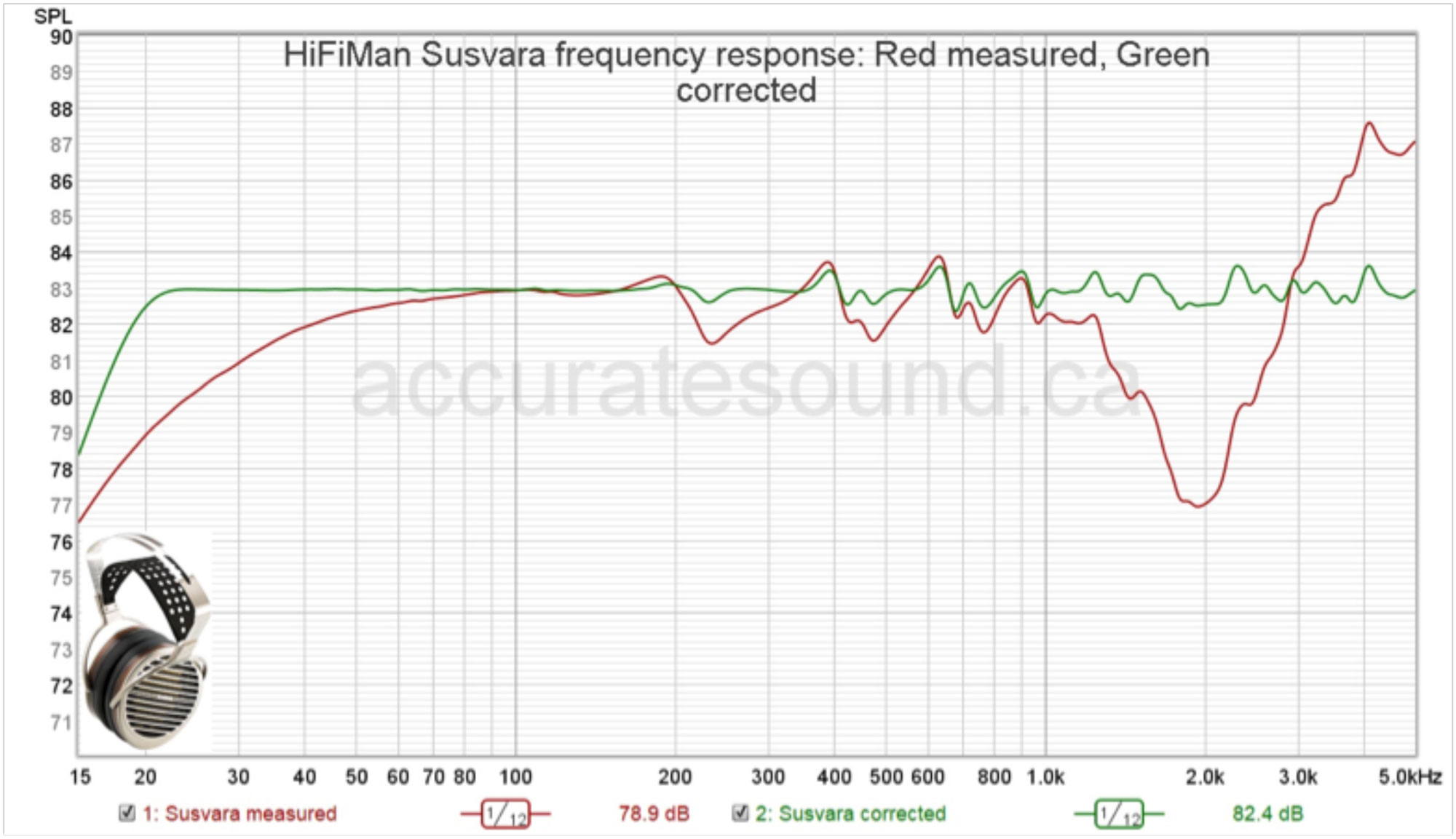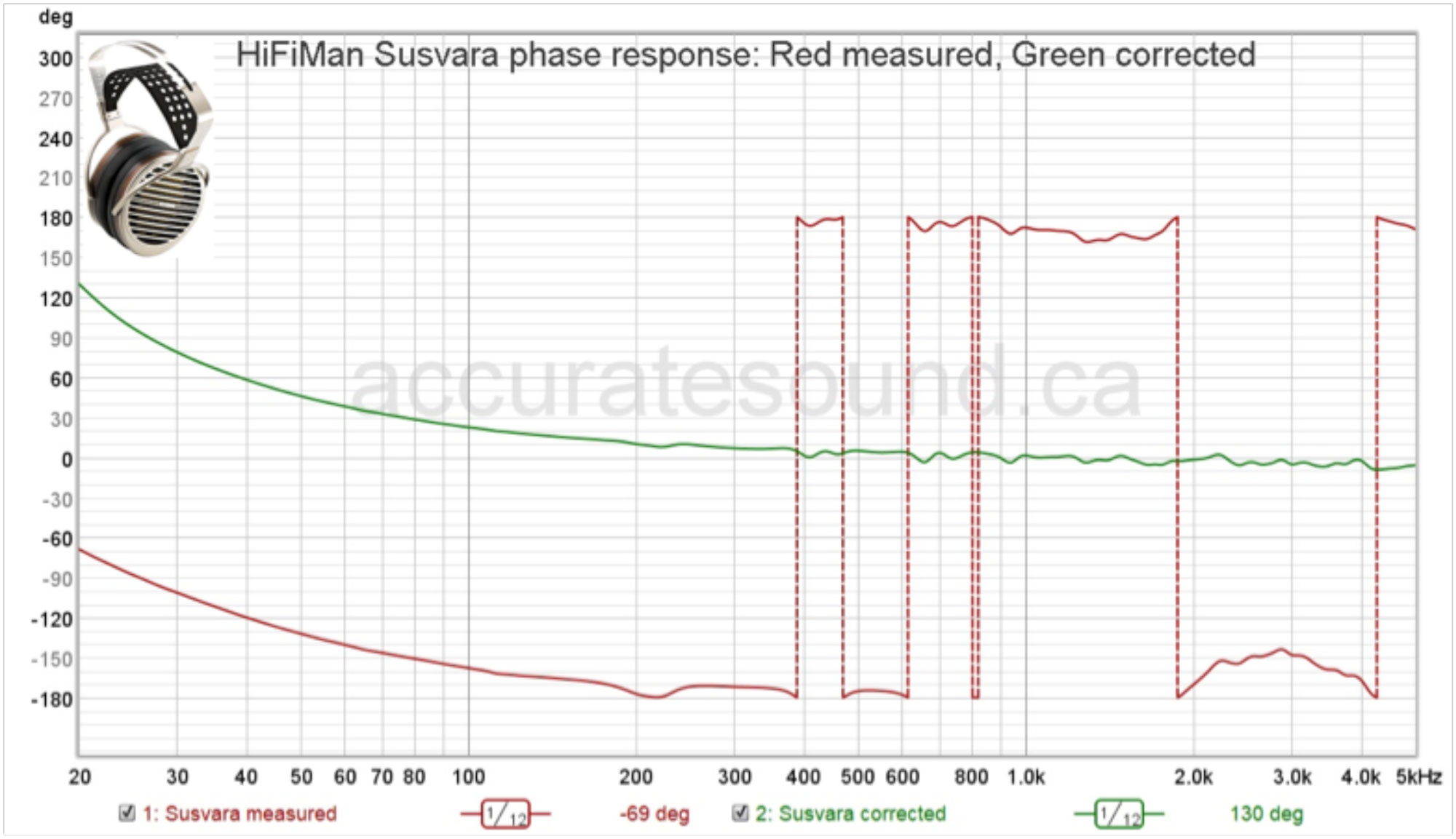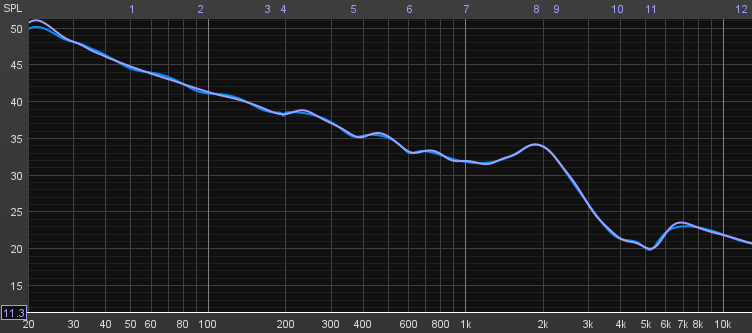I've seen some discussion in both Susvara and Abyss 1266 thread, but I think it's worth it's own thread.
Long story short: Canadian company Accurate Sound makes convolution filters that one can use in Roon and HQPlayer to flatten the frequency response curve of headphones. It also fixes problems with phase.
Examples:
Susvara


Abyss 1266 Phi TC

I bought this filter for Susvara and it has been very positive experience. I have moments when I want to use Susvara with filters and sometimes I listen to it just as is. I feel that this has given me another pair of Susvara with completely different sound signature and I feel that sound quality is very high. I've also received A+ service from Mitch when I've had questions regarding to filters. These filters are not cheap, but neither are tubes and cables that people buy to use in fine tuning and the effect that this filter makes in sound is huge. For me there's value in owning flat tuned headphones for reference purposes as well.
Link to their web shop: https://accuratesound.ca/store/#filter
Long story short: Canadian company Accurate Sound makes convolution filters that one can use in Roon and HQPlayer to flatten the frequency response curve of headphones. It also fixes problems with phase.
Examples:
Susvara


Abyss 1266 Phi TC

I bought this filter for Susvara and it has been very positive experience. I have moments when I want to use Susvara with filters and sometimes I listen to it just as is. I feel that this has given me another pair of Susvara with completely different sound signature and I feel that sound quality is very high. I've also received A+ service from Mitch when I've had questions regarding to filters. These filters are not cheap, but neither are tubes and cables that people buy to use in fine tuning and the effect that this filter makes in sound is huge. For me there's value in owning flat tuned headphones for reference purposes as well.
Link to their web shop: https://accuratesound.ca/store/#filter














